Kurunegala District is bounded on the North by Anuradhapura, East by Matale and Kandy, South by Gampaha and Kegalle and West by Puttlam Districts. Considering the geographical situation mostly has Lowland area with waves. They are internal lowland areas. But mawathagama, Mallawapiiya, Ridigama and Ibbagamuwa Divisional Secretariats are high land areas. They are considered as Hill country Geographical partitions. No changes can be Seen in the Temperature of this District the minimum temperature is 27.2° and the maximum temperature is 29.7°C. Slight increase of temperature can be seen during the Months of July and August. The Mid Year Rainfall of this District is 900 mm – 2200 mm. Main rainfall methods are North East Monsoon and South West monsoon and the maximum way is South West Monsoon.
When we talk about the historical background of Kurunegala, it has been hear out important historical story Other than Other District in Sri Lanka. It can be proudly mention that Kurunegala is the only District which has been developed four kingdoms in Sri Lanka. It is the only evidence that Kurunegala is the most secured Region to build a kingdom when they migrate to southwest. Panduwasnuwara, Dambadeniya, Yapahuwa and Kurunegala are these four ancient kingdoms. Many stone inscriptions proved that most renowned kings were build their regimes during this era.
Kurunegala
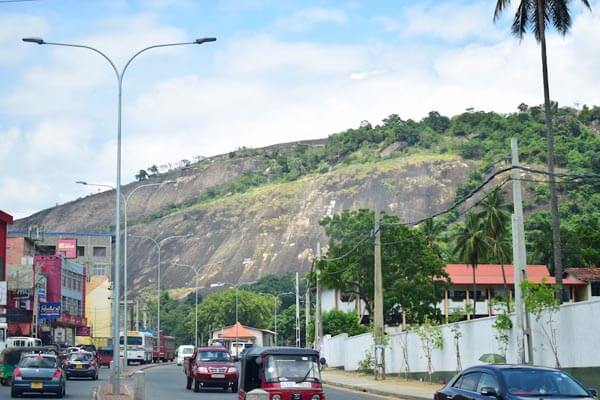
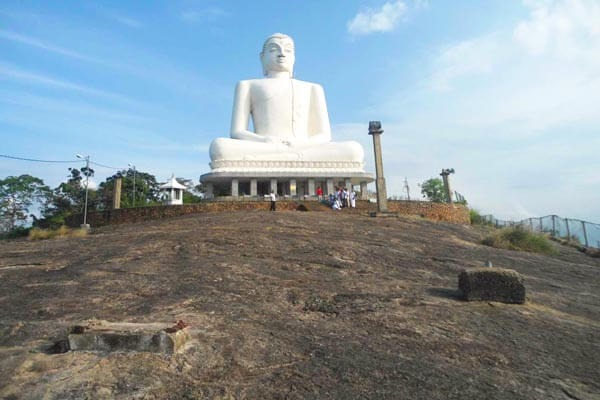
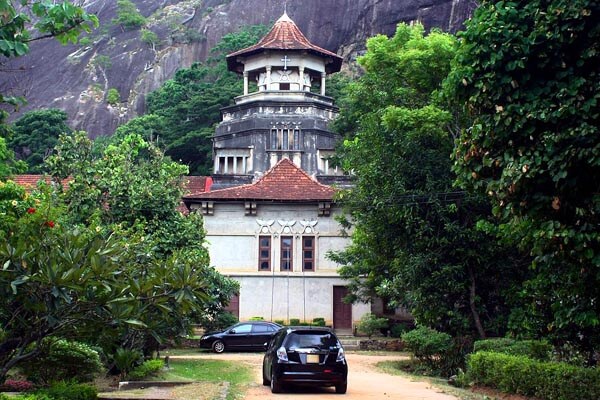
Located at an altitude of 116 meters above sea level, Kurunegala is surrounded by coconut plantations and rubber estates. There are eight very noticeable large rocks that encircle and dominate the city. Kurunegala’s rocks rise from the plain below and have characteristic names, six of which come from the animals that they are imagined to represent. The largest among them is Ethagala or the “Elephant Rock” (though the translation is actually tusker), reaches 325 meters. The shape of Ethagala resembles an elephant.
Dambadeniya
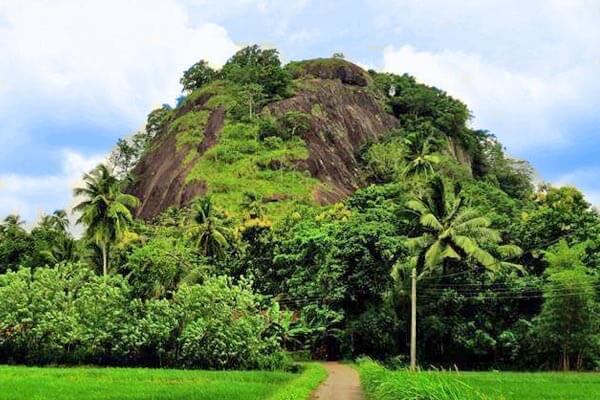
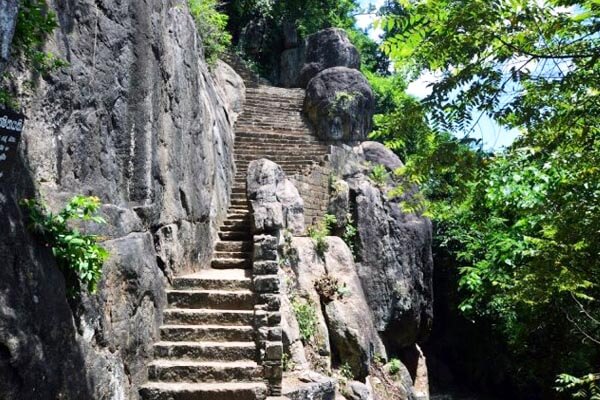
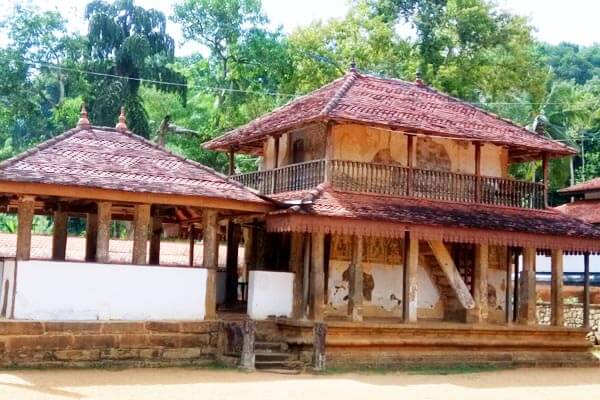
Dambadeniya is a ruined ancient city situated on the Kurunegala – Negombo main road. It served as the capital of Sri Lanka in the mid 13th century. Much of Dambadeniya still lies buried on a huge fortified rock.
Dambadeniya, about 30 km south-west of Kurunegala, became prominent in the mid-13th century.[1] It was selected as the capital of the kingdom of Sri Lanka by King Vijayabahu III (1232–36). The sovereignty of the country was at stake as a result of invasions, which dislodged Polonnaruwa as the capital. Vijayabahu, the king of the Dambadeniya dynasty, fought the invaders and established Dambadeniya. On the summit of the Dambadeniya rock he built fortifications and sturdy walls and gates. The city was made secure by a moat, a marsh and ramparts around the royal palace. During the reign of King Parakramabahu II (1236–70), Dambadeniya reached the zenith of its glory. King Parakramabahu II’s immaculate Poetic masterpieces “Kavisilumina” and “Visuddi Marga Sannasa” gave a turning point to Sinhalese literature. Dambadeniya era was the reason why Sinhalese literature is not limited to paintings nor scripts. Among the ruins of the remaining palace grounds, the foundations are still visible. Excavations have uncovered remains of the temple of the Relic of the tooth of the Buddha, the Royal Palace, gardens, moats, and city walls. The double-story temple of the Tooth Relic has Buddha images, identified as the Vijayasundararamaya. It also has some interesting wall paintings dating from the 18th century.
Yapahuwa
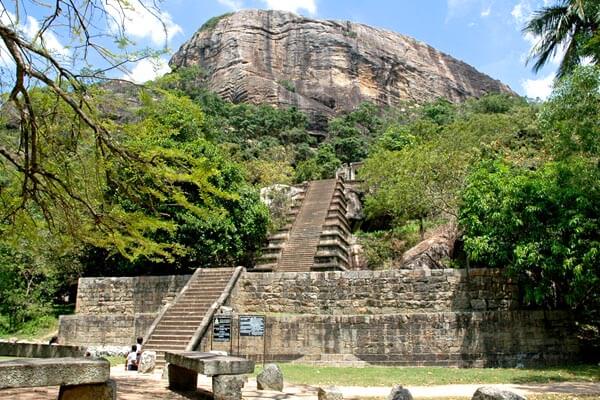
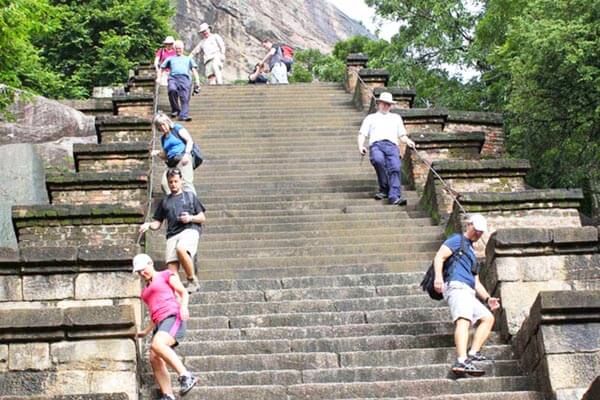
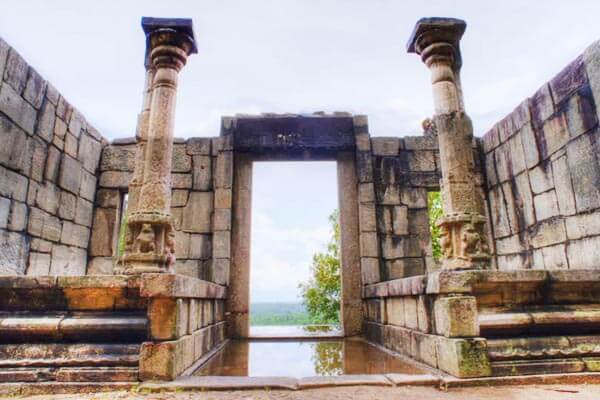
Yapahuwa was one of the ephemeral capitals of medieval Sri Lanka. The citadel of Yapahuwa lying midway between Kurunagala and Anuradhapura was built around a huge granite rock rising abruptly almost a hundred meters above the surrounding lowlands. In 1272, King Bhuvenakabahu transferred the capital from Polonnaruwa to Yapahuwa in the face of Dravidian invasions from South India, bringing the Sacred Tooth Relic with him. Following the death of King Bhuvenakabahu in 1284, the Pandyans of South India invaded Sri Lanka once again, and succeeded in capturing Sacred Tooth Relic. Following its capture, Yapahuwa was largely abandoned and inhabited by Buddhist monks and religious ascetics.
Sri Lanka Dream Tours organize various tour activities that includes folk dance & music program, local house visits, local market visits, dinner or lunch with a local family of the area and much more like this. These activities are organized as part of your tour program and gives real experience of India to any guest visiting India with us.
